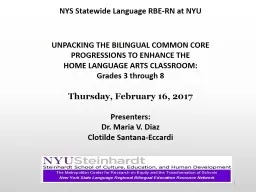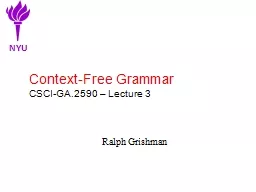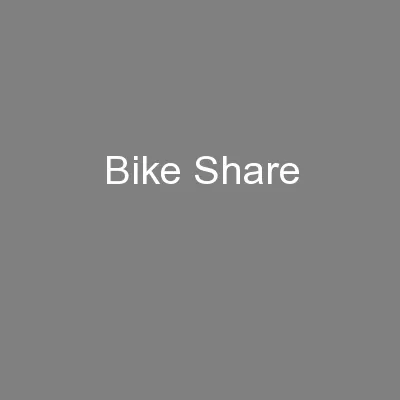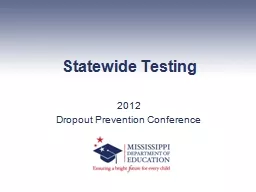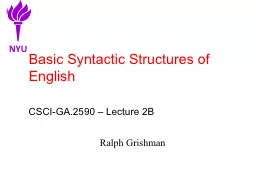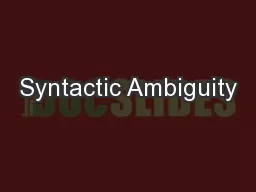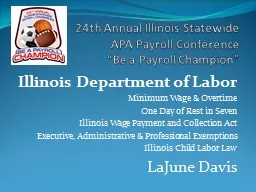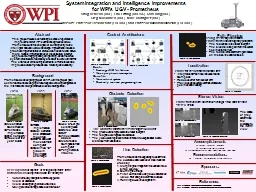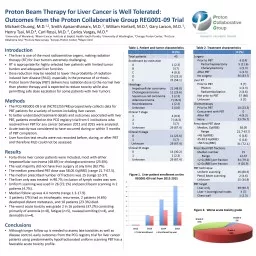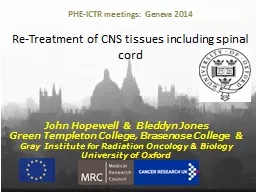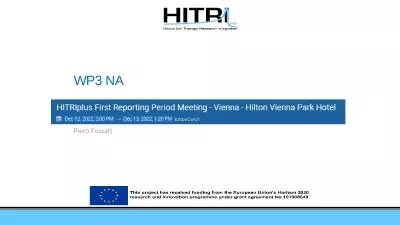PPT-1 NYS Statewide Language RBE-RN at NYU
Author : aaron | Published Date : 2018-11-05
UNPACKING THE BILINGUAL COMMON CORE PROGRESSIONS TO ENHANCE THE HOME LANGUAGE ARTS CLASSROOM Grades 3 through 8 Thursday February 16 2017 Presenters Dr Maria V
Presentation Embed Code
Download Presentation
Download Presentation The PPT/PDF document "1 NYS Statewide Language RBE-RN at NYU" is the property of its rightful owner. Permission is granted to download and print the materials on this website for personal, non-commercial use only, and to display it on your personal computer provided you do not modify the materials and that you retain all copyright notices contained in the materials. By downloading content from our website, you accept the terms of this agreement.
1 NYS Statewide Language RBE-RN at NYU: Transcript
Download Rules Of Document
"1 NYS Statewide Language RBE-RN at NYU"The content belongs to its owner. You may download and print it for personal use, without modification, and keep all copyright notices. By downloading, you agree to these terms.
Related Documents

